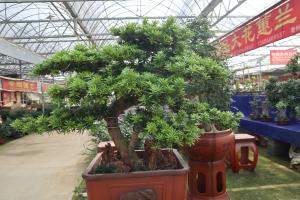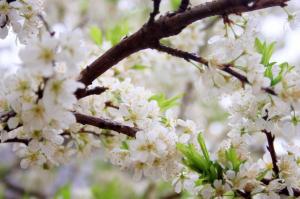1、 Curing method
1. Light: it likes to stay in the sun, so be sure to give it enough sunshine. When the temperature is high, it should be shaded to avoid being directly exposed to the hot sun
2. Temperature: the most suitable temperature is 15 ~ 20 degrees Celsius. It should be cooled when the temperature is high in summer and kept above 12 degrees Celsius in the greenhouse when the temperature is low in winter
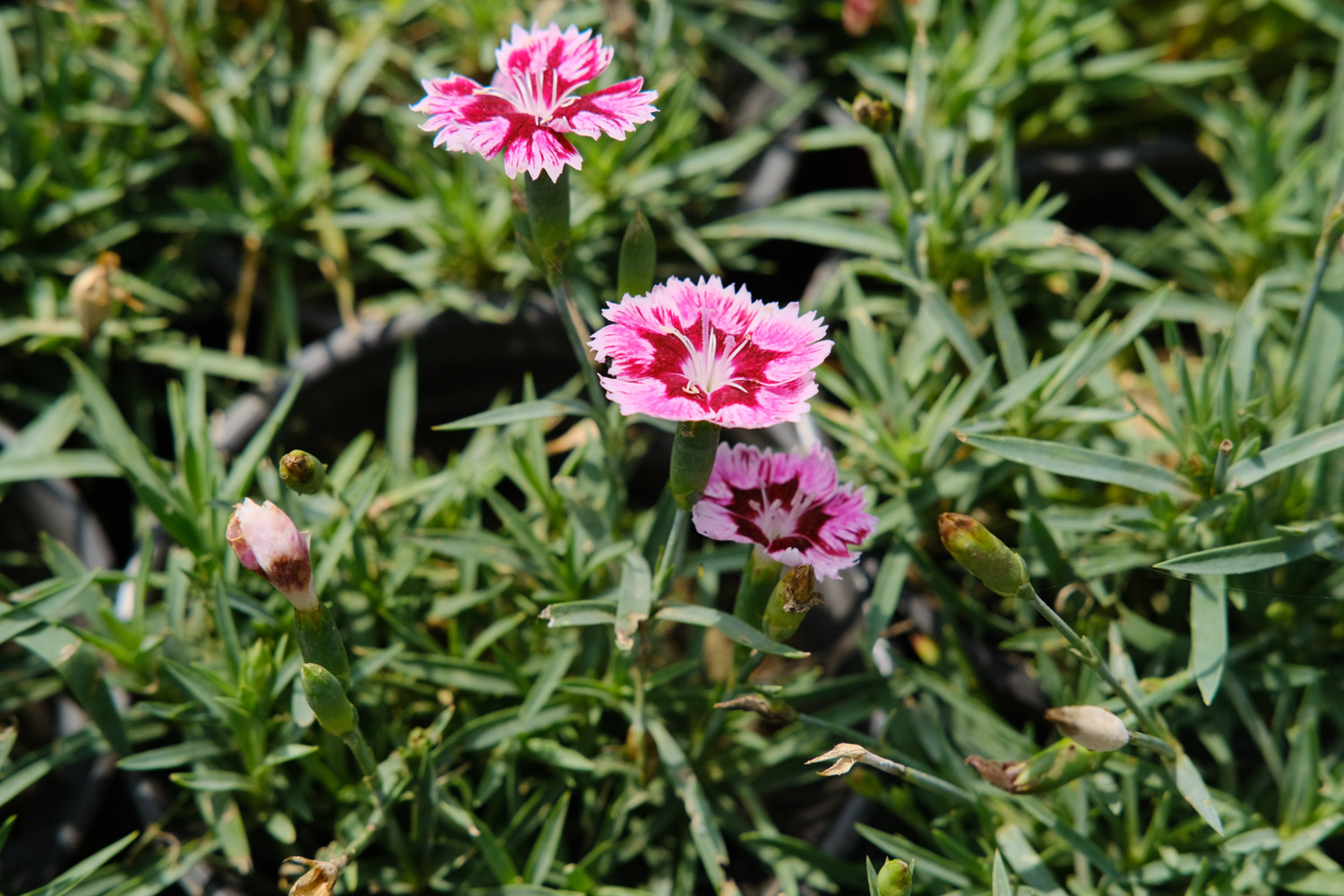
3. Moisture: it has low requirements for moisture. You don't have to water it every day. Just water it when you see that the soil is dry
4. Nutrients: there is no need to fertilize regularly. When planting, apply enough base fertilizer. In the future, just fertilize it when it is critical to form flower buds. Generally, organic fertilizer is used
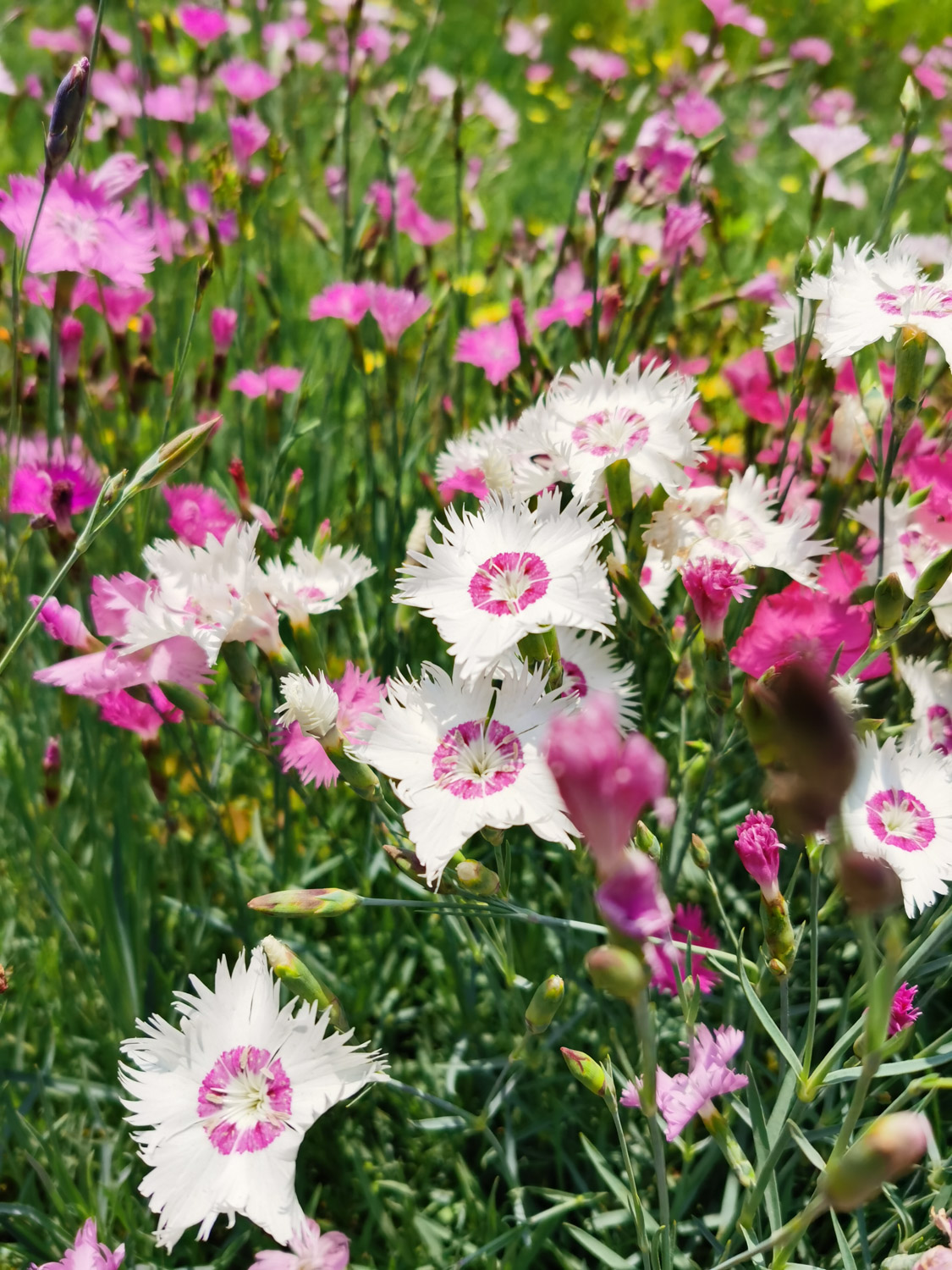
2、 Breeding skills
1. Winter: it is more afraid of cold. When the temperature is lower than 12 degrees Celsius in winter, it should be put in the greenhouse. If there is sun, try to let it bask in the sun as much as possible
2. Sowing: generally, it can be sown in spring or autumn at about 20 degrees Celsius, because this temperature is the most suitable for its seed germination. If the temperature is too high or too low, the germination will be restrained
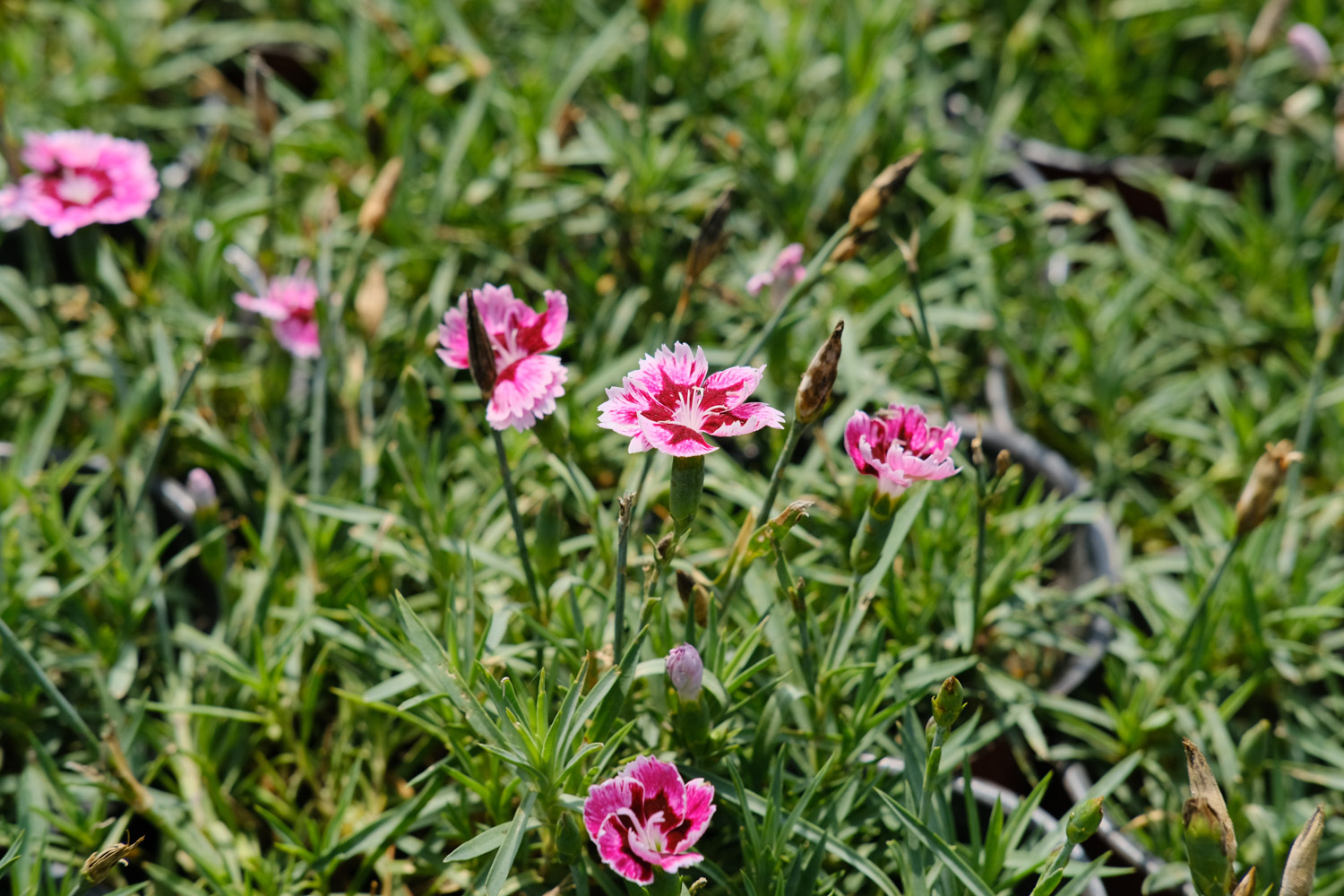
3、 Diagnosis and treatment problems
1. Bacterial spot disease: long strips of grayish brown spots will appear on leaves, rhizomes and petals, which will lead to withered and yellow leaves in severe cases. If the disease is found, reduce the humidity in time and spray streptomycin sulfate for prevention and treatment
2. Brown spot disease: brown spot disease mainly endangers its leaves, pedicels and rhizomes. In the early stage of onset, circular spots appear, and there are brown rings around the disease spots. When seriously ill, the leaves wither and the flowers wither. When the disease is found, benomyl should be sprayed in time
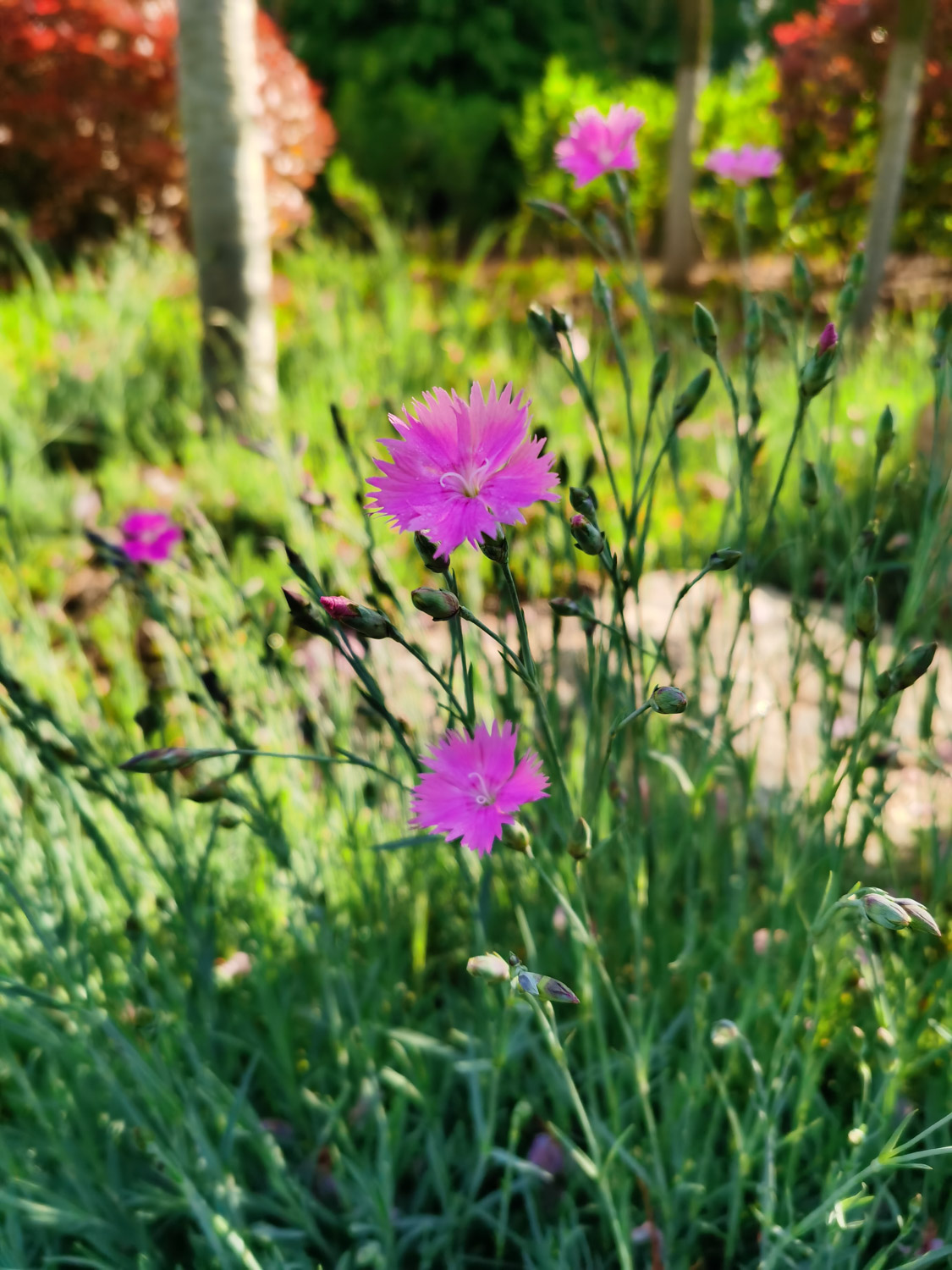
4、 Other issues
1. Whether it can be given to others: it has high ornamental value. It is generally planted in flower beds and can also be given to others. Two or three plants planted in one flowerpot will be more beautiful
2. Whether it is poisonous: it is not poisonous, but as an ornamental plant, it is not suitable for eating and is very suitable for domestic breeding


 jackfruit
jackfruit snake plant
snake plant hibiscus
hibiscus hydrangea
hydrangea lavender
lavender Green roses climb al...
Green roses climb al... If you don't pay att...
If you don't pay att... Management of four g...
Management of four g...



